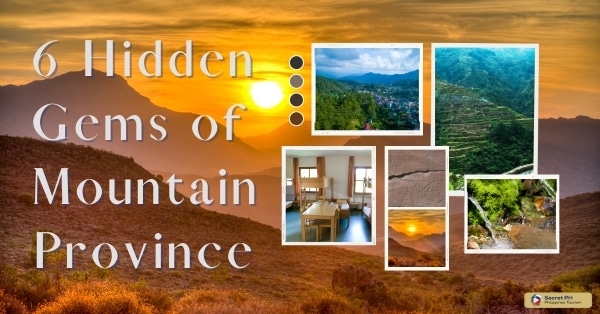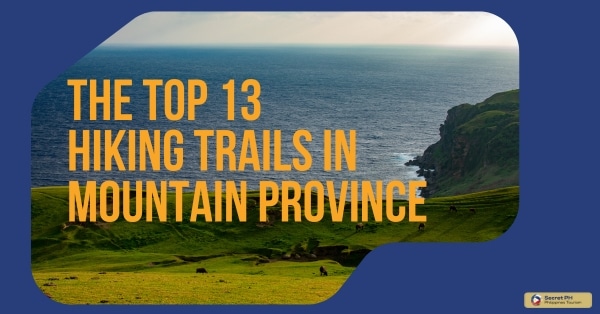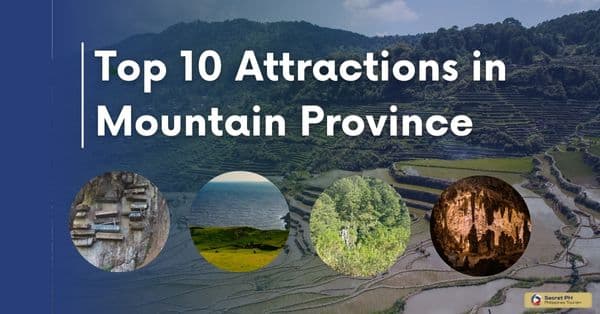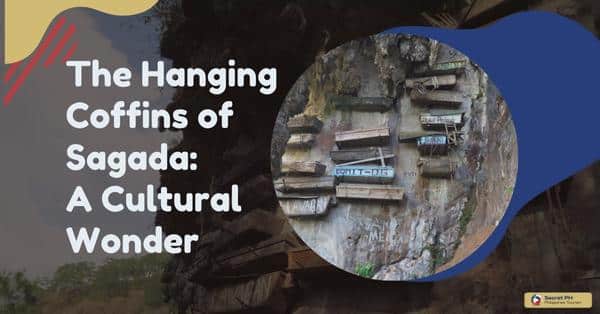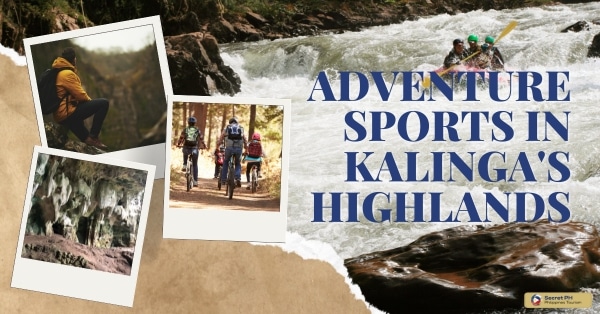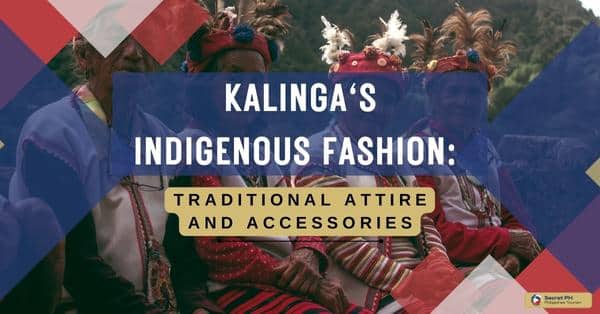Nestled in Apayao, Philippines, Manacota Cave is a mystical destination shrouded in mystery. Its ancient chambers captivate explorers with legends and folklore, while stunning stalactites and stalagmites adorn its vast expanse. With rich biodiversity and cultural significance, this hidden gem beckons adventurers to unravel its secrets and experience the wonder within.
In this blog, we’ll take a closer look at the captivating features of this hidden gem. And share some tips for exploring Manacota safely and responsibly. Join us on an unforgettable journey to one of the Philippines’ most intriguing destinations!
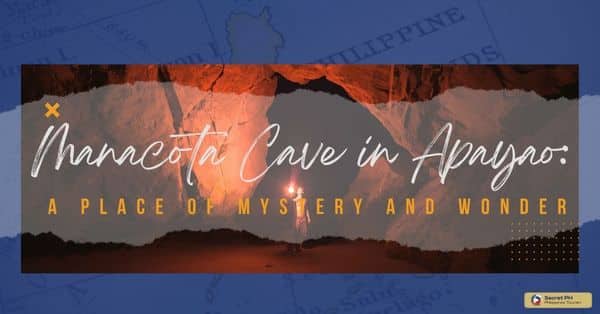
Exploring the Depths: The Natural Beauty of Manacota Cave
Embarking on a journey through the depths of Manacota Cave reveals a breathtaking display of natural beauty. The cave’s intricate formations, sculpted over thousands of years, leave visitors awe-inspired. Stalactites hang from the ceiling like delicate chandeliers, while stalagmites rise from the cave floor, creating a mesmerizing symphony of geological wonders.
As explorers venture deeper into the cave, they are greeted by ethereal underground streams and shimmering pools, adding to the enchantment of the experience. The interplay of light and shadows creates a surreal atmosphere, enhancing the mystique of the cave’s natural allure.
Each step unravels new surprises, as the cave reveals its unique rock formations, sparkling crystals, and hidden chambers. Making it a truly captivating destination for those seeking to witness the untouched beauty of nature’s subterranean masterpiece.
Address: 8682+655 Baranggay, Luna, Apayao
Opening Hours: 8 AM–4 PM
For directions, click here.
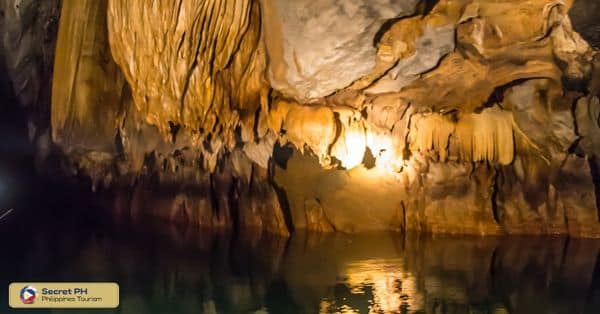
Biodiversity Abounds: Unique Flora and Fauna in Manacota Cave
Manacota Cave boasts a diverse ecosystem made up of unique flora and fauna. Exploring the cave not only offers a thrilling adventure but also a chance to witness some of the rarest species in the area.
Flora in Manacota Cave
Manacota Cave is not only home to a diverse array of wildlife but also boasts unique and captivating plant life. The flora found in the cave is well adapted to the low-light conditions and high humidity levels, making for a truly stunning sight. Here are some of the notable plants found in Manacota Cave:
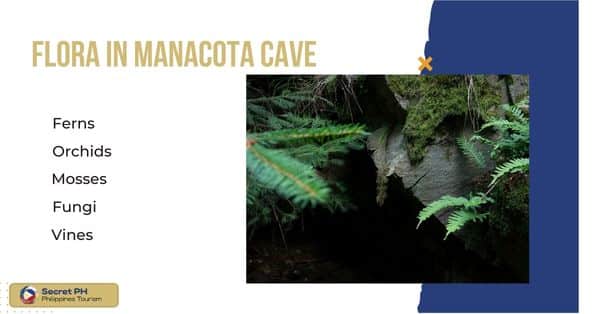
Ferns: Visitors can expect to see a variety of ferns decorating the walls and ceilings of the cave. The ferns thrive in moist and shady environments, creating a lush green atmosphere.
Orchids: Manacota Cave is known for its orchids, many of which are endemic to the area. These delicate flowers add a touch of elegance to the cave’s ecosystem.
Mosses: The cave walls and floors are covered with various species of mosses, adding to the cave’s enchanting ambiance.
Fungi: The damp environment of the cave provides an ideal condition for fungi to grow, adding a pop of color to the cave’s otherwise dark and eerie atmosphere.
Vines: The cave’s walls are adorned with numerous vine species that creep and crawl, adding to the cave’s natural beauty.
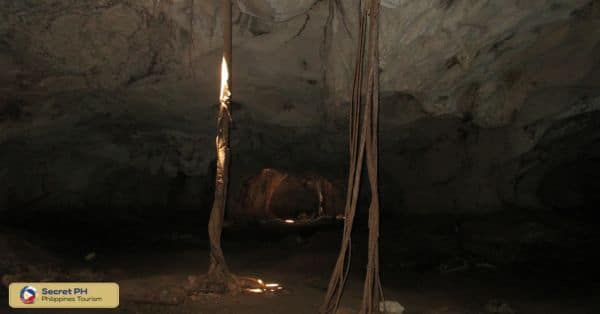
Fauna in Manacota Cave
Manacota Cave is not only a geological wonder but also a sanctuary for a variety of unique and rare wildlife. The cave’s environment provides a home for diverse fauna that contribute to the preservation of the cave’s ecosystem. Here are some of the notable animals found in Manacota Cave:
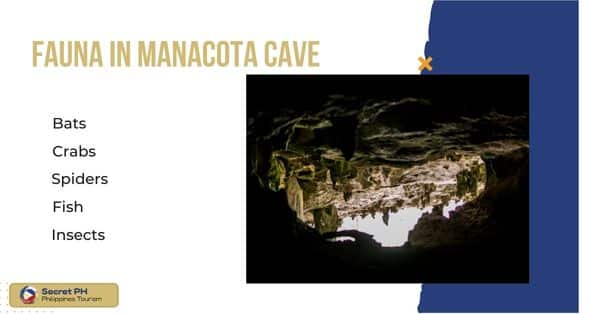
Bats: The cave is home to several bat species, including the Philippine sheath-tailed bat and Geoffroy’s horseshoe bat. These bats play a crucial role in controlling insect populations and pollinating plants, making them an essential part of the cave’s ecosystem.
Crabs: Visitors may be surprised to find crabs living in the cave’s stream, but these crustaceans are a testament to the diversity of life in the cave’s environment.
Spiders: Various spider species can be found throughout the cave, preying on insects and contributing to the delicate balance of the cave’s ecosystem.
Fish: The cave’s stream is home to several fish species, including gobies and catfish. These fish add to the biodiversity of the cave’s ecosystem and provide a food source for the cave’s inhabitants.
Insects: The cave is home to a wide variety of insects, including beetles, moths, and crickets. These insects contribute to the cave’s ecosystem by providing a food source for the other animals that live within the cave.
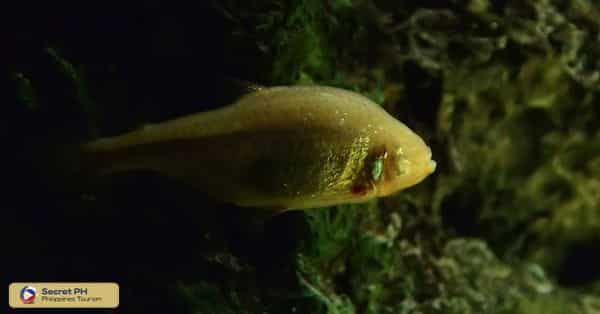
Captivating Formations: Stalactites and Stalagmites in Manacota Cave
Manacota Cave boasts a mesmerizing display of captivating formations, with stalactites and stalagmites taking center stage. As visitors venture deeper into the cave, they are greeted by a breathtaking sight of stalactites hanging from the ceiling like intricate chandeliers. These mineral formations, formed through the slow drip of mineral-rich water, create a stunning visual spectacle as they glisten and reflect light, adding a touch of ethereal beauty to the cave’s atmosphere.
Not to be outdone, stalagmites rise from the cave floor, reaching toward the heavens. These magnificent formations grow upwards over time, formed by the accumulation of mineral deposits on the cave floor. Their diverse shapes and sizes create a sense of wonder as if frozen in time. The interplay between stalactites and stalagmites in Manacota Cave forms a symphony of geological wonders, captivating visitors and reminding them of the incredible forces of nature that have shaped this underground masterpiece.
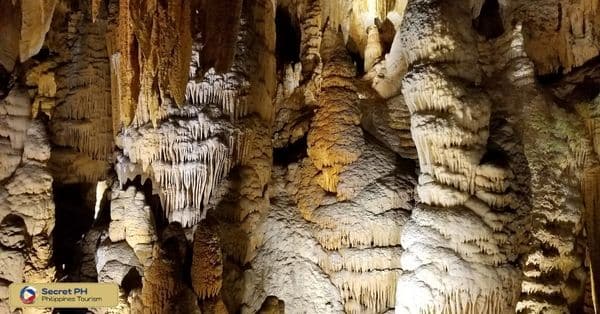
Manacota Cave and Its Importance to the Local Community
Manacota Cave is a remarkable treasure that not only boasts stunning natural features but is also a significant cultural site and an important piece of history. The community’s efforts to preserve and protect the cave while sharing it with tourists are commendable. It serve as an example of how cultural heritage and tourism can coexist in a sustainable way.
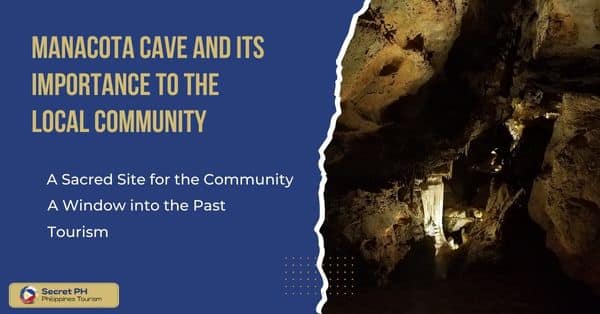
A Sacred Site for the Community
For the Iapayaos, the indigenous people of Apayao, Manacota Cave is more than just a tourist attraction. It is a sacred site that holds great spiritual significance. The cave is believed to be the dwelling place of the spirits of their ancestors, and as such, it is treated with utmost respect and reverence.
The Iapayaos have their own rituals and traditions associated with the cave. They perform a ritual called “pandong” before entering the cave to seek the blessings of the spirits. They also leave offerings such as rice cakes, betel nut, and tobacco as a sign of respect.
A Window into the Past
Beyond its spiritual significance, Manacota Cave is also a valuable archaeological site. In 2019, a team of archaeologists from the University of the Philippines discovered prehistoric artifacts in the cave that date back to the Neolithic period.
These artifacts include pottery shards, stone tools, and animal bones, providing evidence of human habitation in the area thousands of years ago. The discovery sheds light on the history of the Iapayaos and their ancestors. And further highlights the importance of preserving the cave for future generations.
Tourism
Despite its cultural and historical significance, Manacota Cave is not immune to the impacts of tourism. The influx of visitors can cause damage to the cave’s delicate ecosystem and disturb the spirits that the Iapayaos hold dear.
They have also developed tourism programs that are culturally sensitive and promote sustainable practices. These efforts not only protect the cultural heritage of the Iapayaos but also ensure that future generations can appreciate the beauty and significance of Manacota Cave.
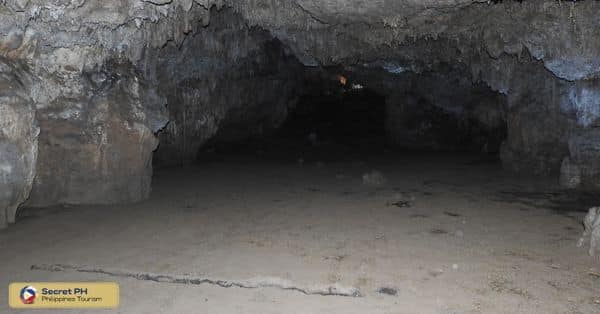
Conservation Efforts: Preserving the Pristine Ecosystem of Manacota Cave
Preserving the pristine ecosystem of Manacota Cave is of paramount importance to ensure the long-term sustainability of this natural wonder. Recognizing its ecological significance, conservation efforts are being undertaken to protect the cave’s unique flora, fauna, and geological formations. These initiatives aim to maintain the delicate balance of the cave’s ecosystem while allowing visitors to appreciate its beauty and cultural significance responsibly.
Scientific Research and Monitoring: To better understand the cave’s ecosystem, ongoing scientific research and monitoring efforts are conducted. These studies focus on studying the cave’s geological formations, water quality, biodiversity, and ecological interactions.
Environmental Education and Awareness: Raising awareness about the importance of conservation is crucial in protecting Manacota Cave’s ecosystem. Educational programs, workshops, and guided tours are organized to inform visitors about the fragility of the cave and the significance of responsible tourism.
Sustainable Tourism Practices: To strike a balance between tourism and conservation, sustainable tourism practices are implemented. These include limiting visitor numbers, establishing designated pathways to minimize disturbance to delicate formations, and enforcing strict guidelines on waste management.
Cave Rehabilitation and Restoration: Efforts are made to rehabilitate and restore any damage caused by human activities or natural processes. Restoration projects focus on restoring damaged formations, managing erosion, and controlling the spread of invasive species.
Collaboration with Local Communities: Engaging and involving local communities in conservation efforts is crucial for the success of preserving Manacota Cave. Collaborative initiatives empower communities to take ownership of the cave’s protection, promoting a sense of stewardship and cultural pride.
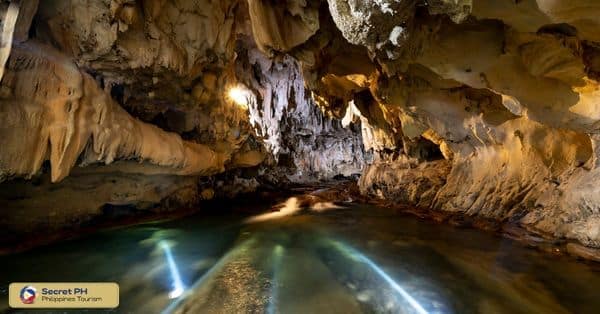
Practical Tips for Exploring Manacota Cave Safely and Responsibly
Exploring Manacota Cave offers an exhilarating and unforgettable adventure. However, it is essential to approach the cave with safety and responsibility in mind to preserve its pristine environment. And ensure a positive experience for both visitors and the cave’s ecosystem.
Here are some practical tips to follow when exploring Manacota Cave. Allowing you to fully appreciate its natural wonders while minimizing your impact on its delicate ecosystem.
Seek Local Guidance: Before embarking on your cave exploration, seek the guidance of experienced local guides who are familiar with the cave’s terrain and safety protocols.
Come Prepared: Wear appropriate clothing and footwear that allow for ease of movement in rugged terrain. Bring necessary safety equipment such as helmets, headlamps, and sturdy gloves.
Respect Signage and Guidelines: Pay attention to any signage or guidelines provided at the entrance of the cave or by your guides. These instructions are in place to protect the cave’s fragile environment and ensure your safety.
Leave No Trace: Carry out any waste you bring into the cave and dispose of it properly in designated areas. Do not leave behind any litter, as it can harm the cave’s ecosystem and detract from its natural beauty. Leave the cave as pristine as you found it, ensuring its preservation for future visitors.
Observe Safety Precautions: Follow safety protocols provided by your guides and avoid taking unnecessary risks. Stay with your group and inform your guide if you encounter any difficulties or concerns.
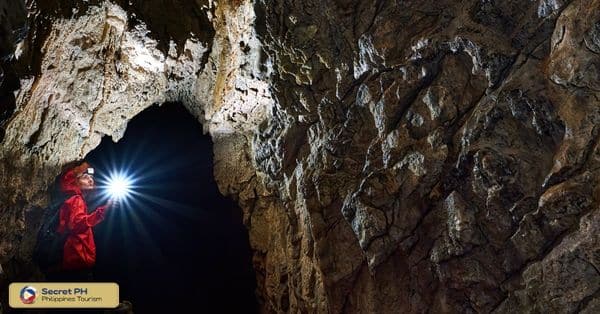
In conclusion
Manacota Cave is an amazing natural wonder that holds great cultural and historical significance. Its delicate environment demands responsible exploration, making it essential to practice safe and sustainable tourism. By following the above tips and collaborating with local communities, visitors can fully appreciate this captivating site while helping to preserve its pristine ecosystem for future generations.

